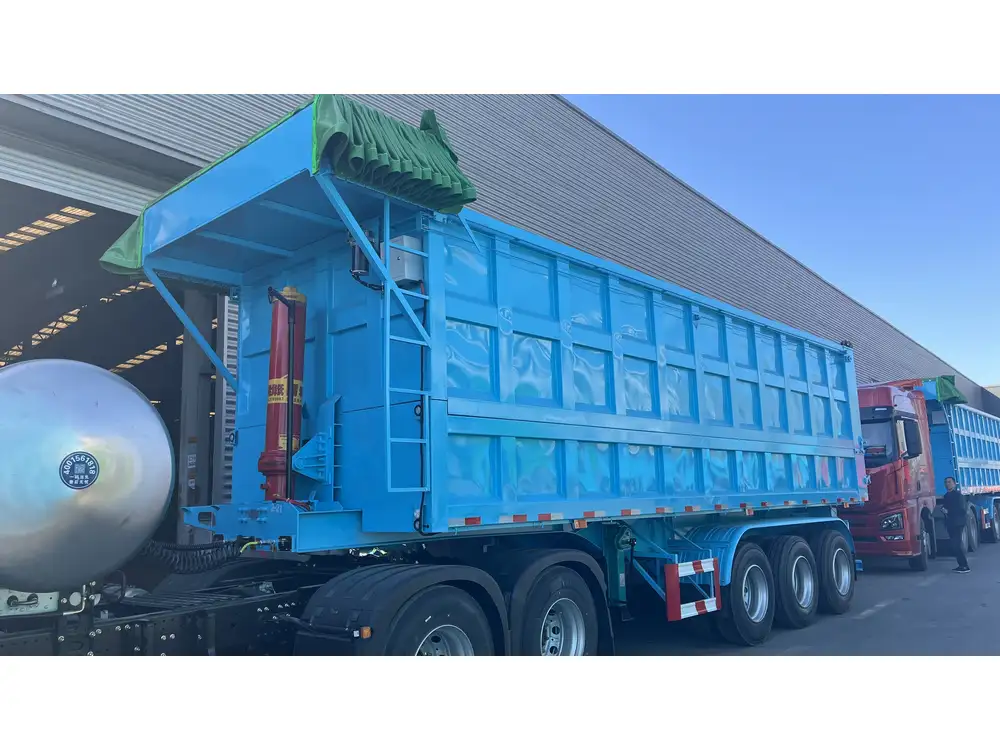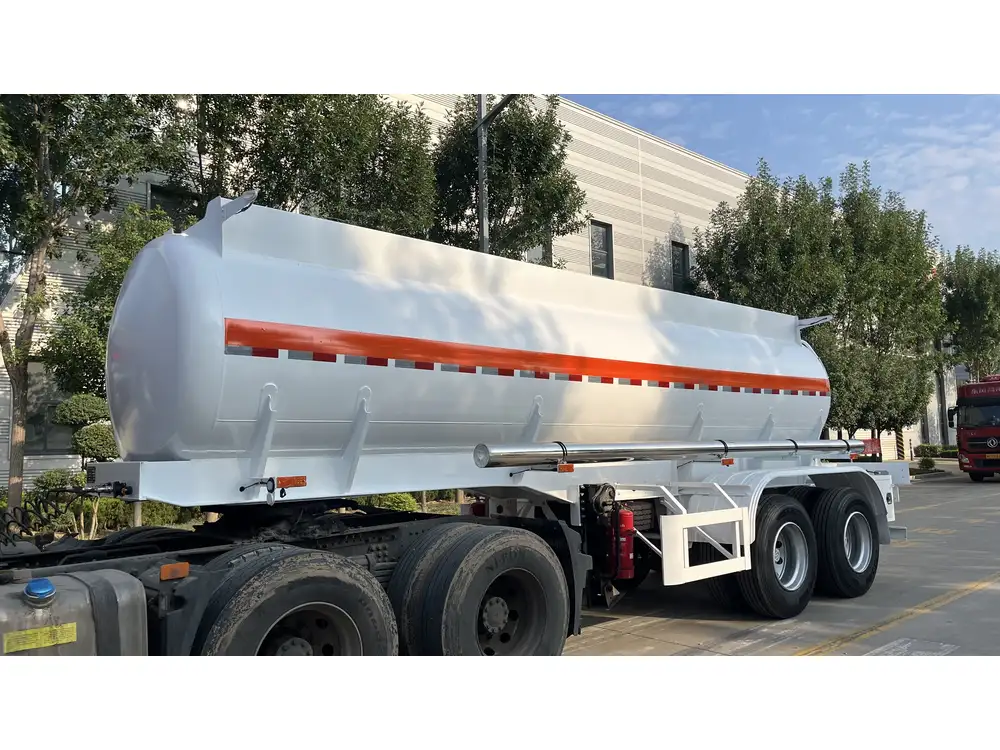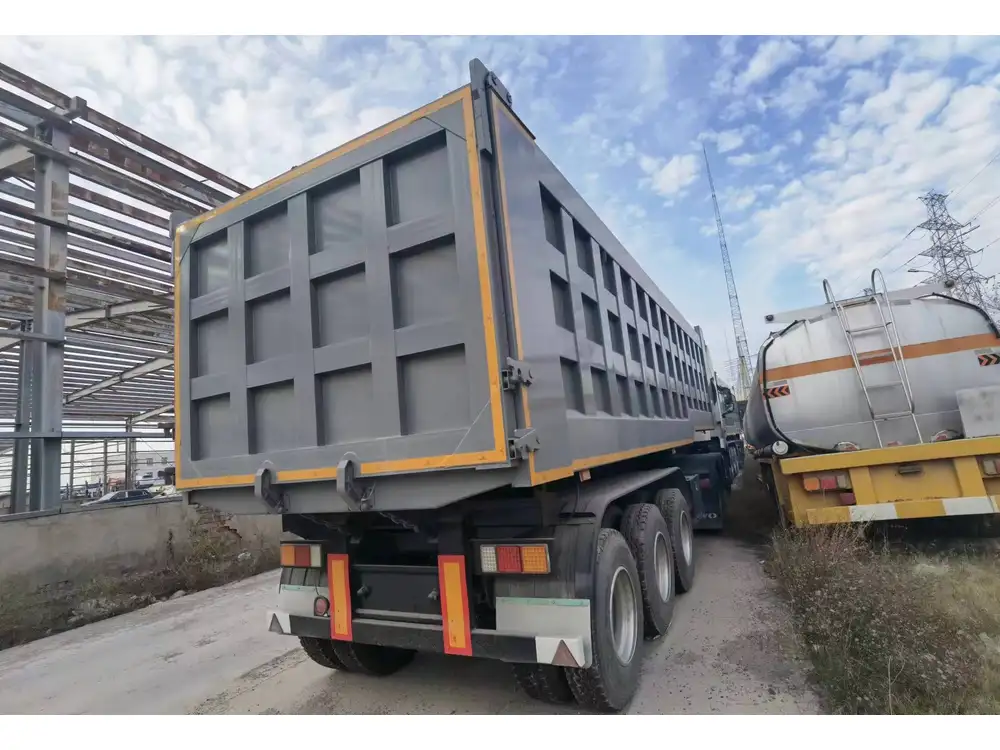When it comes to outdoor adventures, having the right setup in your camper trailer can significantly enhance your experience. Among the many systems to consider, the gray water tank is a critical component for managing wastewater generated from daily activities like washing dishes, showering, and cleaning. In this article, we delve deep into the intricacies of gray water tank sizes specific to 16-foot camper trailers, ensuring that you have a comprehensive understanding of what to expect and how to effectively manage it during your travels.
What is Gray Water?
Gray water refers to the wastewater that accumulates from sinks, showers, and other non-toilet sources. Unlike black water—which is more problematic due to its content—gray water is typically easier to manage and can be repurposed for irrigation or other uses, depending on the regulations in your area. Having an adequate gray water tank is essential for minimizing environmental impact and ensuring a pleasant camping experience.
Why Gray Water Management Matters
Effective gray water management is fundamental for several reasons:
- Hygiene: Properly managing gray water helps prevent unpleasant odors and the proliferation of bacteria.
- Environmental Protection: Disposing of gray water responsibly ensures that we protect natural ecosystems.
- Comfort: A functional gray water system provides the convenience of modern amenities even in remote locations.

Typical Gray Water Tank Capacities for 16-Foot Camper Trailers
The gray water tank size in a 16-foot camper trailer typically ranges from 10 to 30 gallons, depending on the trailer model, manufacturer specifications, and additional features. Here are common factors influencing tank capacity:
| Factor | Description |
|---|---|
| Model Variations | Different manufacturers offer varying layouts and features affecting tank size. |
| Usage Needs | An active family may require a larger tank for extended travels compared to singles or couples. |
| Design Layout | Configurations that include more appliances or fixtures may necessitate larger tanks. |
Standard Capacities:
- 10-Gallon Tank: Suitable for occasional campers or those who plan to stay at RV parks where they can connect to sewer systems.
- 15-Gallon Tank: Ideal for weekend trips, providing a balance between size and ease of dumping.
- 20-Gallon Tank: Common for family campers, allowing for more liberal water usage.
- 30-Gallon Tank: Typically integrated into larger models and preferred for extended traveling, especially in remote locations.
Considerations for Choosing the Right Size
- Travel Duration: Assess how long you’ll be traveling without access to dumping facilities.
- Number of Occupants: More people generate more gray water—opt for a larger capacity if traveling with a group.
- Water Usage Habits: Consider if showers will be long or dishes washed frequently.

Maintenance of Gray Water Tanks
Maintaining your gray water tank is essential to avoid leaks or blockages that can lead to a potentially hazardous situation. Here are some effective maintenance tips:
1. Regular Monitoring
Check the tank levels regularly to prevent overflow. Most camper trailers come equipped with a monitor panel that indicates tank levels but manually checking can avoid reliance on technology.
2. Routine Cleaning
Cleaning the tank periodically can ward off unpleasant odors. A combination of vinegar and baking soda can help neutralize odors and break down any residual grease.

3. Use Appropriate Chemicals
Utilize biodegradable cleaning products to ensure that your gray water remains environmentally friendly. Avoid harsh chemicals that can disrupt the natural balance in gray water.
4. Inspect for Leaks
Conduct routine inspections for cracks or leaks in both the tank and the plumbing, which can create costly problems if left unattended.
Gray Water Disposal Practices
Disposing of gray water correctly is vital. Here’s a breakdown of recommended disposal practices:
| Method | Details |
|---|---|
| Campground Dump Stations | Most RV parks have designated dump facilities. Always dispose of gray water here. |
| Natural Irrigation | In some areas, gray water can be reused for watering plants. Check local regulations first. |
| Portable Tanks | Consider investing in a portable gray water tank for convenience in dumping away from the camper. |

Tips for Enhancing Your Gray Water System
Enhancing the efficiency of your gray water system can optimize your camper trailer experience. Here are curated tips to consider:
1. Installation of High-Quality Valves
Quality valves minimize leaks and ensure smooth operation. Upgrade to stainless steel or robust plastic valves for longevity.
2. Use of Filters
Installing a filtration system can minimize the chances of clogs in the gray water pipes. Consider screens that can catch food particles and hair before they enter the tank.

3. Incorporating a Gray Water Recycling System
Some trailers are built with systems that allow for gray water reuse for toilet flushing or irrigation. These eco-friendly systems can save water and make the most out of your resources.
4. Seasonal Preparations
In colder months, it’s essential to winterize your gray water system to prevent freezing. Drain the tank completely and consider using antifreeze products appropriate for RVs.
Common Issues Related to Gray Water Tanks
Understanding potential challenges you may encounter with your gray water system equips you to handle them effectively:
- Odors: If you notice odors emanating from the tank or drains, it may indicate that the tank is full or requires cleaning.
- Backups: Blockages can occur due to soap scum or food products if not managed effectively.
- Leaks: Water pooling under the trailer could signify a rupture or failure in the tank fittings.

Conclusion
Navigating the gray water management landscape in 16-foot camper trailers is instrumental for ensuring lasting enjoyment of your outdoor adventures. Understanding tank sizes, maintenance requirements, disposal methods, and how to overcome common issues will empower you to travel more confidently. Ultimately, whether you are a casual weekend camper or a full-time RV traveler, knowledge of gray water tank dynamics is quintessential for a hassle-free and environmentally conscious experience on the road. Prepare yourself adequately and embrace the freedom of the open road with the right understanding of your gray water system.



